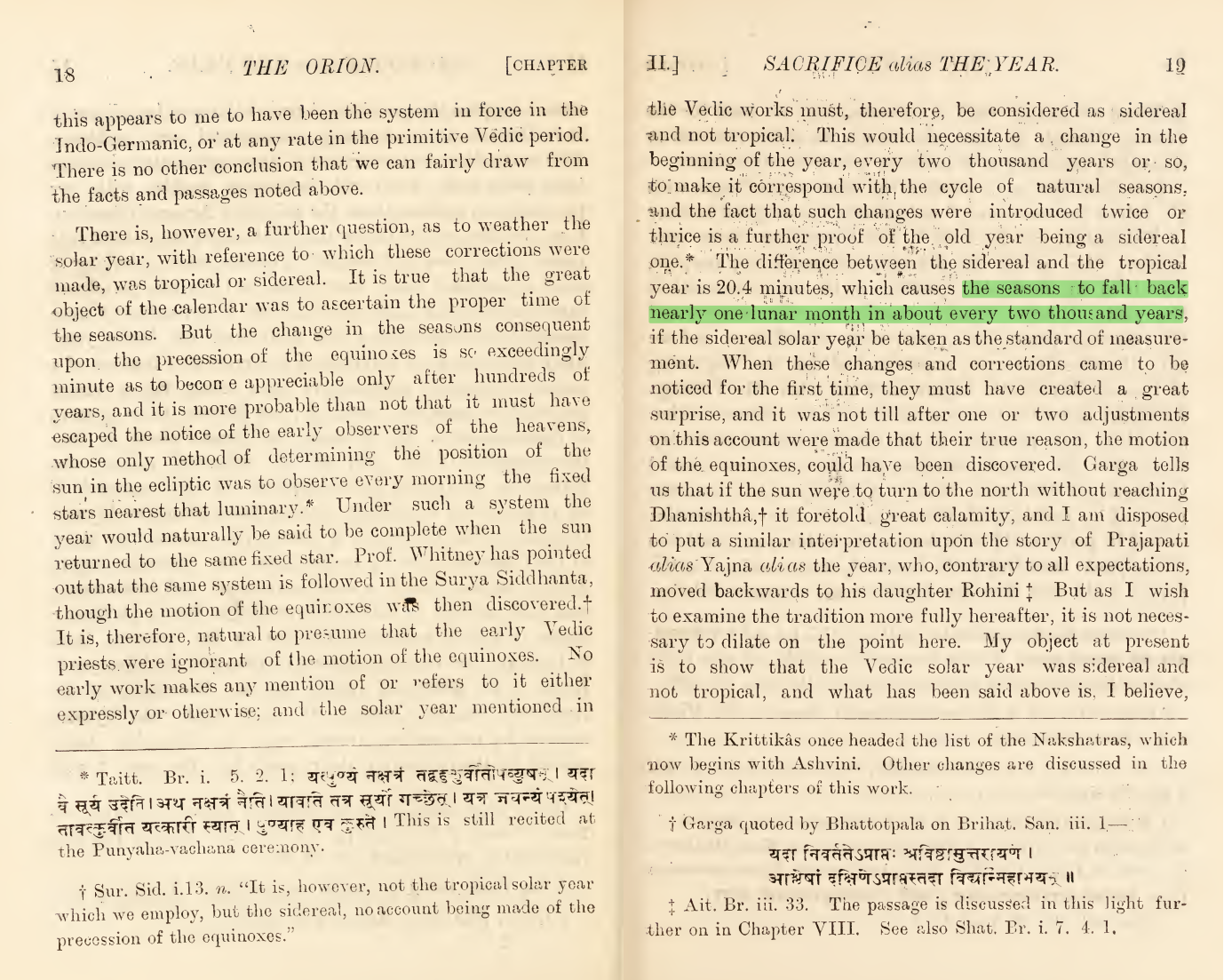Free download of my book
Raja Roy
Narayan Prasad
Raja Roy
--
You received this message because you are subscribed to the Google Groups "भारतीयविद्वत्परिषत्" group.
To unsubscribe from this group and stop receiving emails from it, send an email to bvparishat+...@googlegroups.com.
To view this discussion on the web visit https://groups.google.com/d/msgid/bvparishat/bb6fa9ec-d18a-4659-9eca-00d55faacd99n%40googlegroups.com.
Madhivanan
Raja Roy
--
You received this message because you are subscribed to the Google Groups "भारतीयविद्वत्परिषत्" group.
To unsubscribe from this group and stop receiving emails from it, send an email to bvparishat+...@googlegroups.com.
To view this discussion on the web visit https://groups.google.com/d/msgid/bvparishat/5a80cdbc-56ae-41e4-a66c-1dce85c765d7n%40googlegroups.com.
Radhakrishna Warrier
Dear Shri Raja Roy,
I got the Kindle edition of your book and read through it. Nice work.
I have a question. My knowledge of astronomy or ancient India history is not deep, hence this question.
A major premise of your work is that the months of the Indian Calendar were always aligned with the seasons in spite of the precession of the equinoxes. In other words, months of Caitra and Vaiśākha always came in the spring season, śrāvaṇa was always in the rainy season, and so on. My understanding is that these months got their names from the asterism (nakṣatra) near which full moon occurs. In other words, the month Caitra got its name because full moon occurs near the asterism Citrā in that month, Vaiśākha because the full moon occurs near the asterism Viśākhā in that month, and so on. Doesn’t precession of the equinoxes change this equation? If today, full moon occurs in Caitra near the Citrā asterism, say 3000 years ago this would not have been the case if Caitra was aligned with spring even then. Could you please explain this apparent inconsistency of months being aligned with seasons and continuing to have the full moon happening near the asterism they are named after?
In Malayalam Calendar, the months move through the seasons. For example, the month of Makaram starts on the day of Makara Saṅkrānti, and Sankranti has been moving through the seasons. The festival Viṣu is celebrated on the 1st of the month of Mēḍam when sun enters the Mēḍam (Mēṣa) rāśi. Viṣu has also been moving through the seasons.
Regards,
Radhakrishna Warrier
Sent: Saturday, June 3, 2023 5:12 AM
To: bvpar...@googlegroups.com <bvpar...@googlegroups.com>
Subject: Re: {भारतीयविद्वत्परिषत्} Re: Free download of my book
Narayan Prasad

You received this message because you are subscribed to a topic in the Google Groups "भारतीयविद्वत्परिषत्" group.
To unsubscribe from this topic, visit https://groups.google.com/d/topic/bvparishat/GsM_SipVOd8/unsubscribe.
To unsubscribe from this group and all its topics, send an email to bvparishat+...@googlegroups.com.
To view this discussion on the web visit https://groups.google.com/d/msgid/bvparishat/DS0PR14MB64298972CFD99E5E63AA7BCFD04FA%40DS0PR14MB6429.namprd14.prod.outlook.com.
Madhivanan

Raja Roy
To view this discussion on the web visit https://groups.google.com/d/msgid/bvparishat/DS0PR14MB64298972CFD99E5E63AA7BCFD04FA%40DS0PR14MB6429.namprd14.prod.outlook.com.
